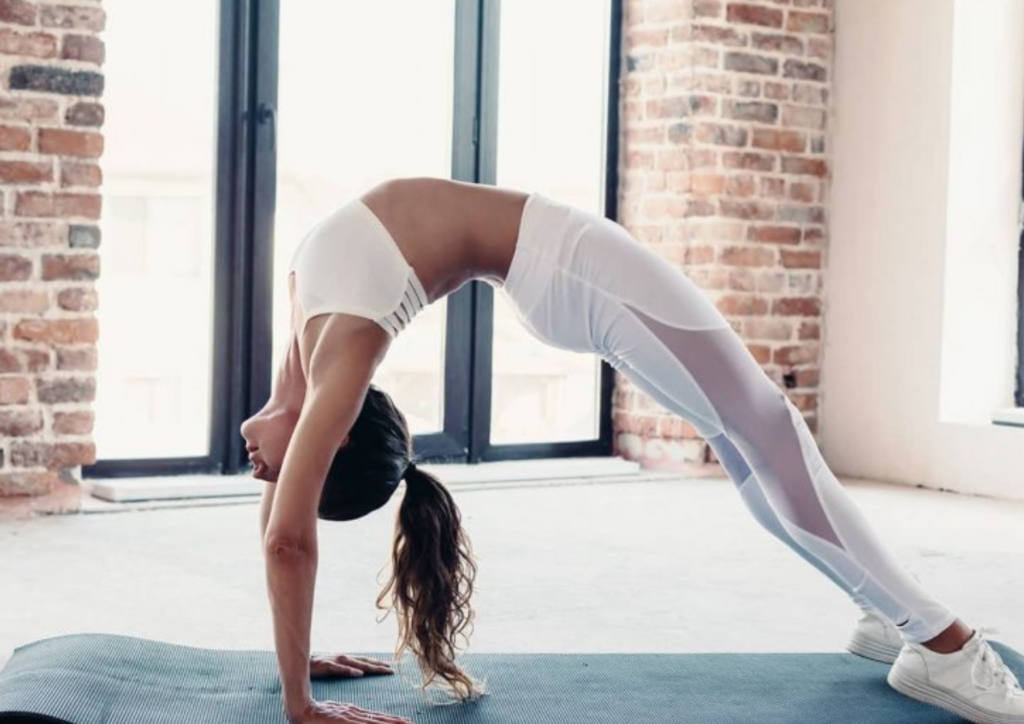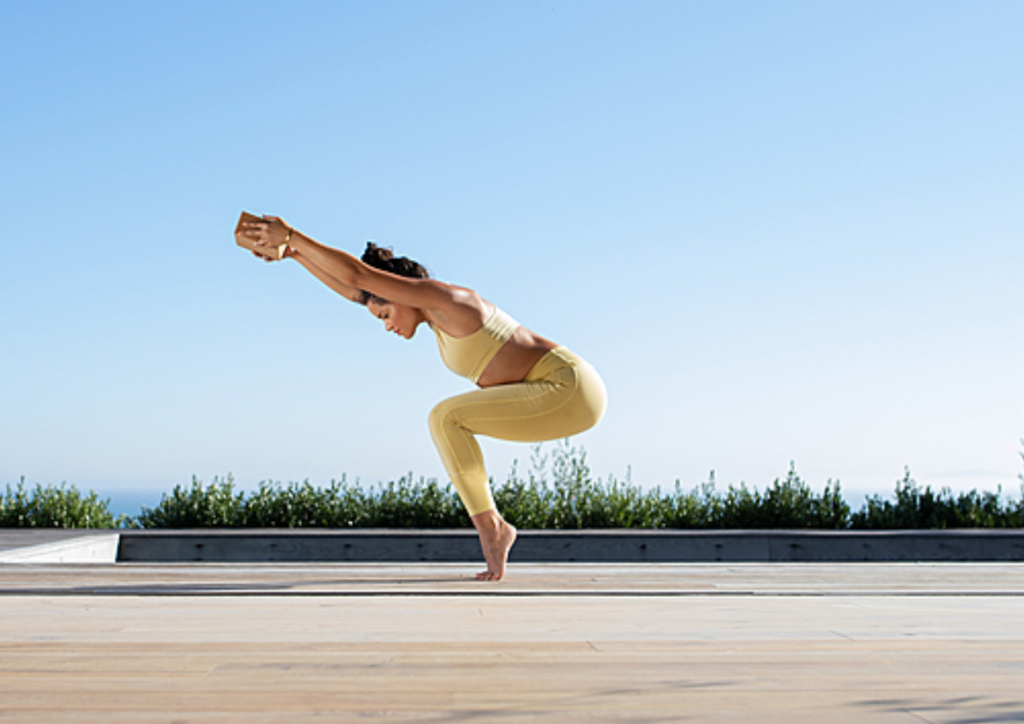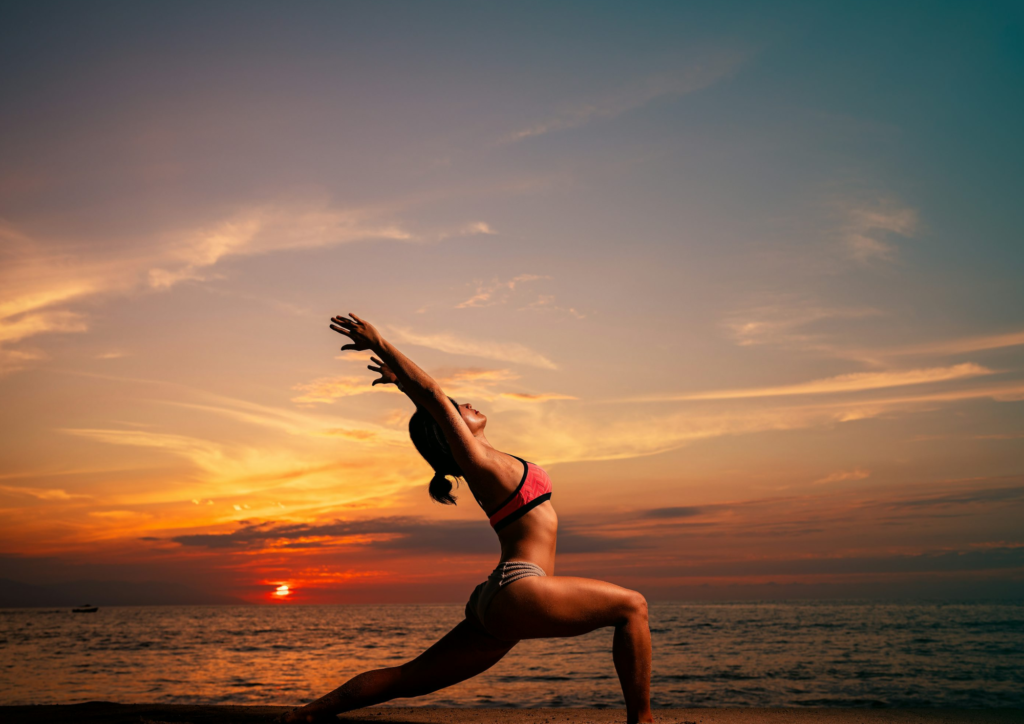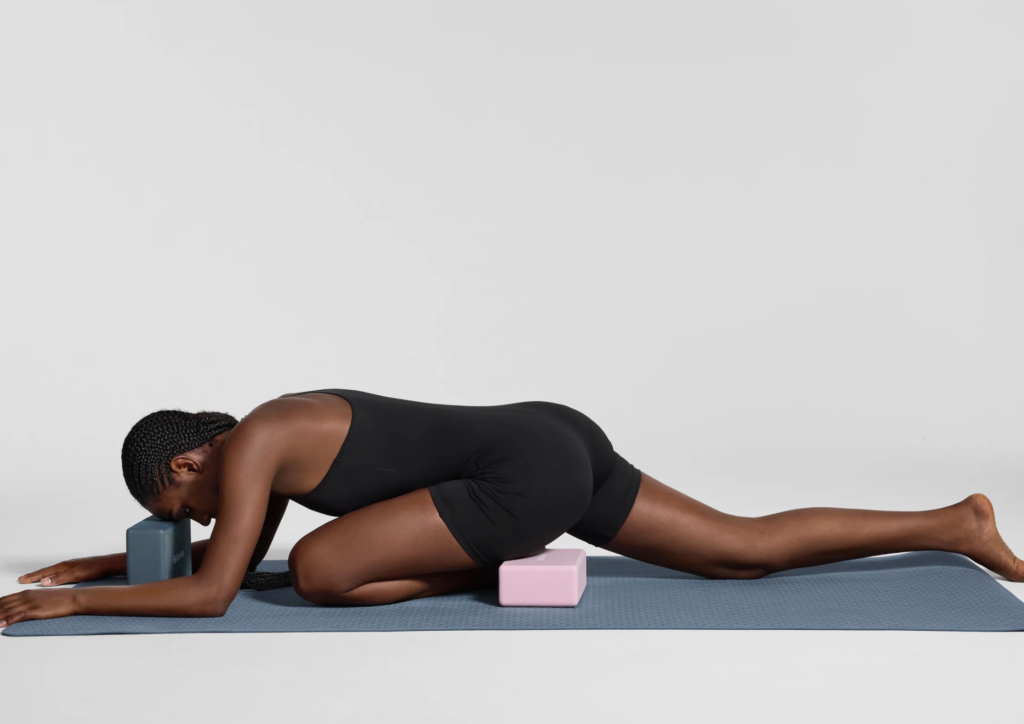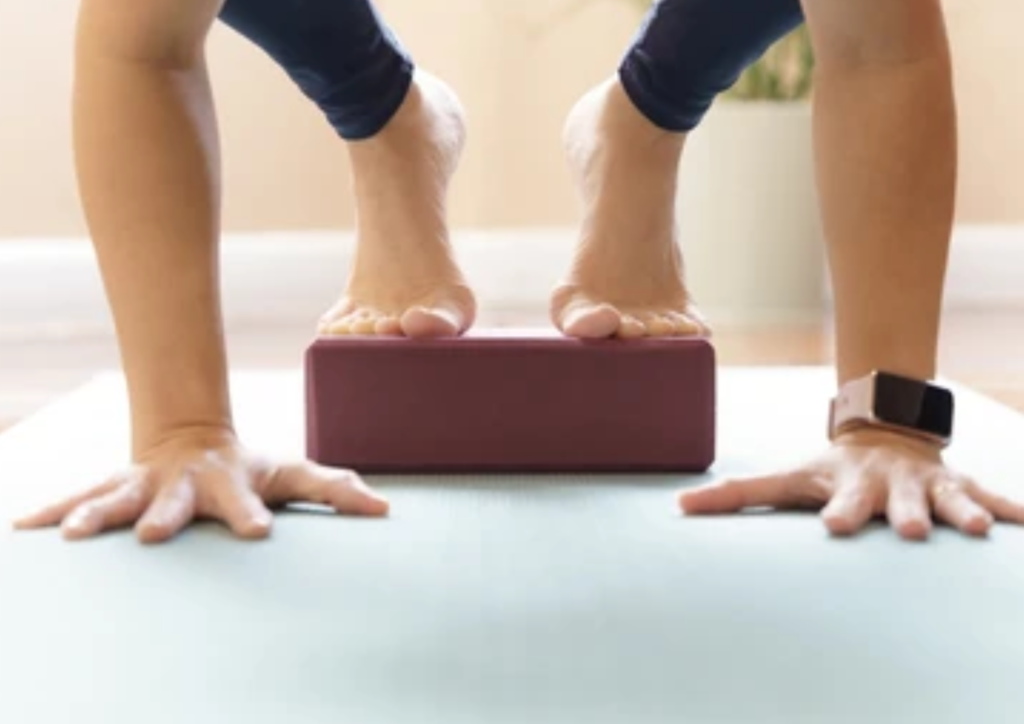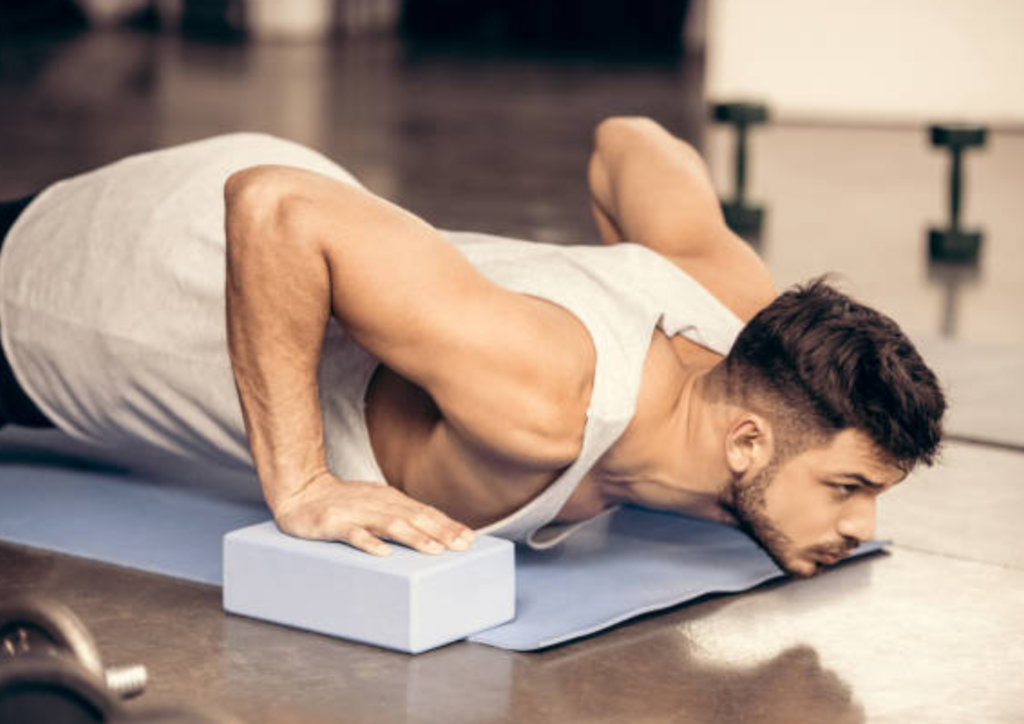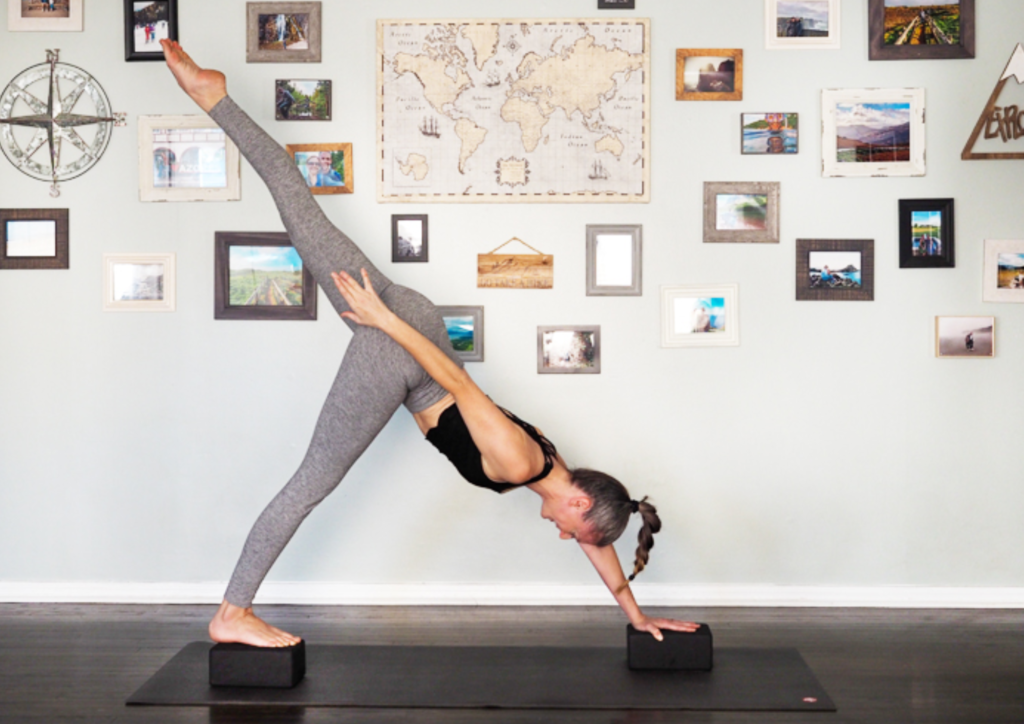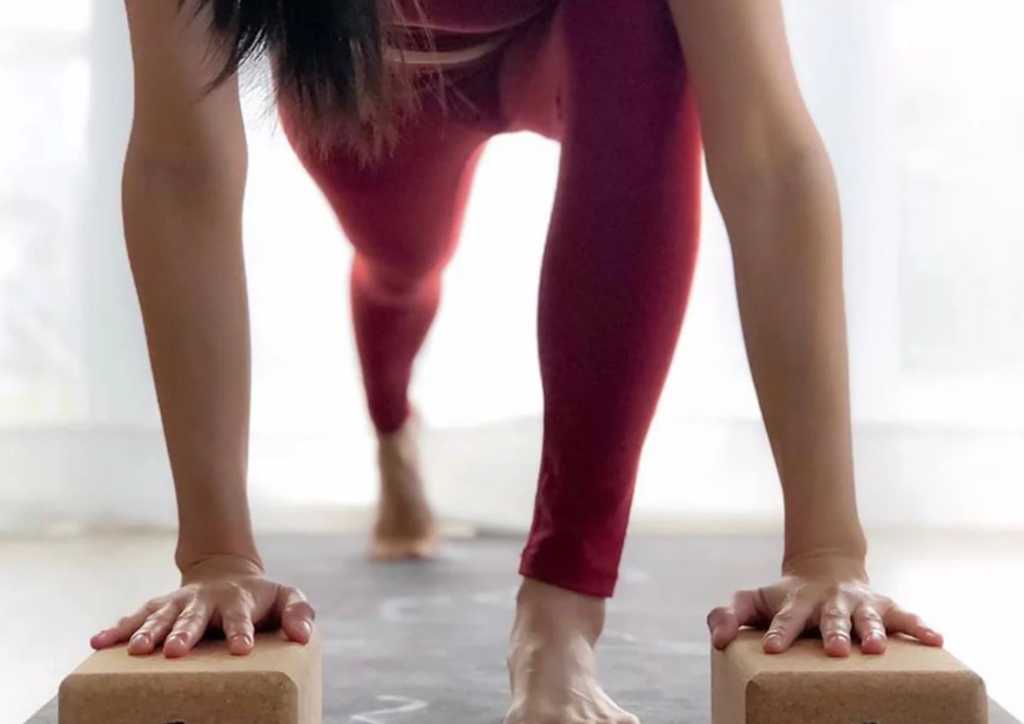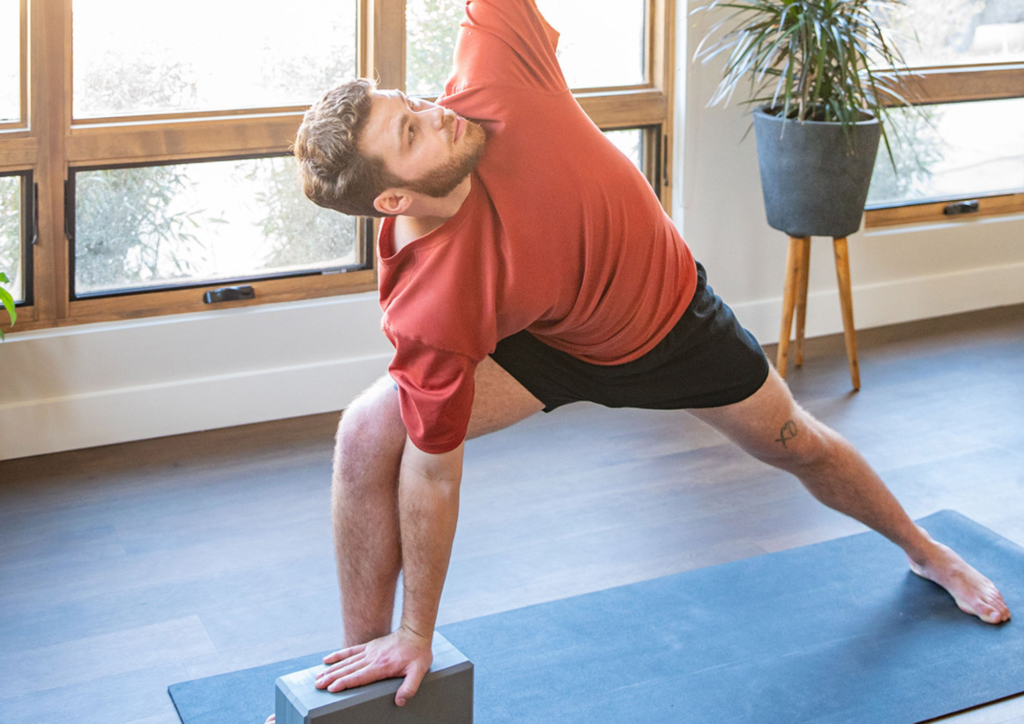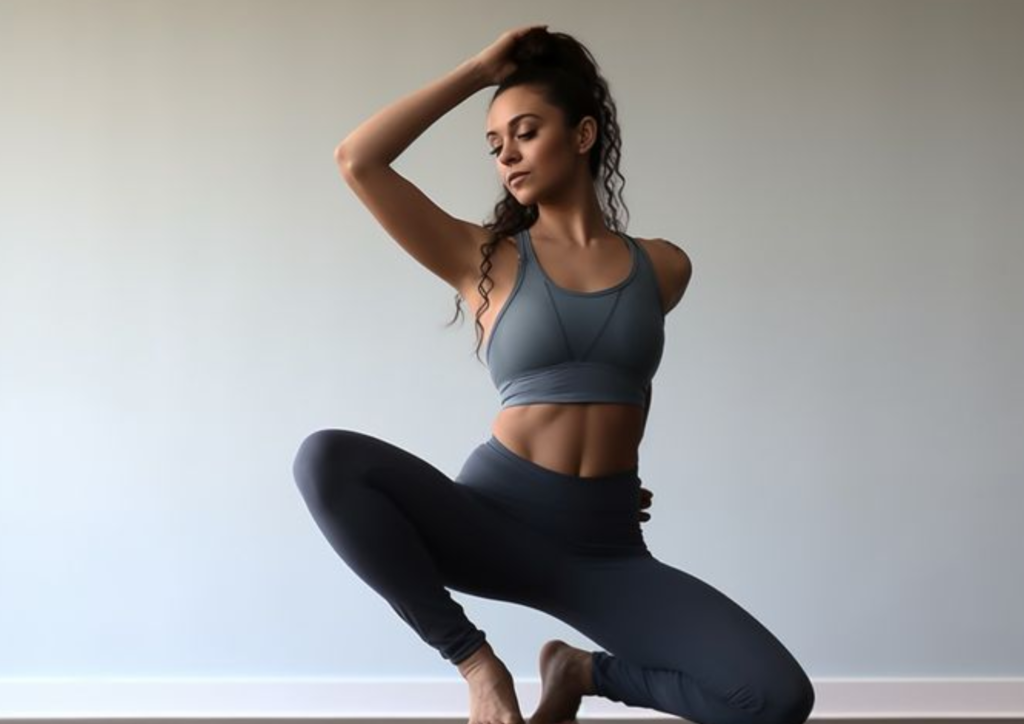16 Morning Yoga Poses with Blocks to Start Your Day Right
Mornings are the perfect time to awaken your body, set your intentions, and prepare for the day ahead. Adding yoga blocks to your routine enhances your practice and ensures proper alignment, deeper stretches, and greater support, no matter your skill level. These lightweight yet versatile props transform your flow, helping you build strength, improve flexibility, and find balance. If you’re ready to elevate your morning yoga practice, grab your blocks and flow through these 16 poses designed to energize and inspire you for the day ahead. Begin in Child’s Pose and place a block under your forehead. This adjustment encourages relaxation while gently stretching your spine, hips, and thighs. Take deep breaths to center yourself for the practice. Transition to all fours, placing your hands on blocks. Move through Cat-Cow stretches, arching your back and rounding it as you exhale. The blocks allow for a more excellent range of motion in your shoulders and spine. Step one foot forward into a Low Lunge, placing blocks on either side of your front foot. This creates stability as you stretch your hip flexors. Hold for a few breaths, then switch sides. From your Low Lunge, shift your hips back into Half Splits. Use blocks under your hands for support, ensuring a deep but controlled stretch in your hamstrings. Place blocks under your hands and lift into Downward Dog. The elevation eases tension in your wrists and encourages a straighter spine. Stand and fold forward, resting your hands on blocks for support. This makes the pose accessible while gently stretching your hamstrings and lower back. In a Crescent Lunge, place blocks under your hands or at your sides for added balance. This pose strengthens your legs while opening your chest. Place a block under your front hand as you extend into Warrior II. This helps maintain proper alignment and deepens the pose. Place a block under your lower hand in Triangle Pose to support your reach. This adjustment ensures stability while stretching your side body. Sit with extended legs and place a block on your thighs or shins. Use the block as a guide to fold forward gently, keeping your spine long and your stretch controlled. Lie on your back and slide a block under your sacrum for a supported Bridge Pose. This vital position opens your chest and gently stretches your spine. Place a block under your head and lie back with the soles of your feet together. This supported version of Butterfly Pose encourages relaxation while opening your hips and chest. In a seated twist, place a block under your hand for elevation. This makes the twist more accessible and improves spine alignment. With legs crossed, use a block to support one hand as you stretch to the side. This creates a deeper side-body stretch while keeping your posture intact. Lie back in Savasana with blocks under your knees. This small adjustment relieves tension in your lower back and enhances relaxation. End your practice by standing tall with a block between your thighs. Squeeze the block gently to activate your legs, ground your posture, and feel aligned for the day ahead. Conclusion Incorporating yoga blocks into your morning routine isn’t just for beginners—it’s a way to enhance your practice, deepen your stretches, and ensure proper alignment. These 16 poses will leave you feeling energized, grounded, and ready to embrace the day with clarity and confidence. So, roll out your mat, grab your blocks, and let yoga guide you to a brighter morning!
16 Morning Yoga Poses with Blocks to Start Your Day Right Read More »

